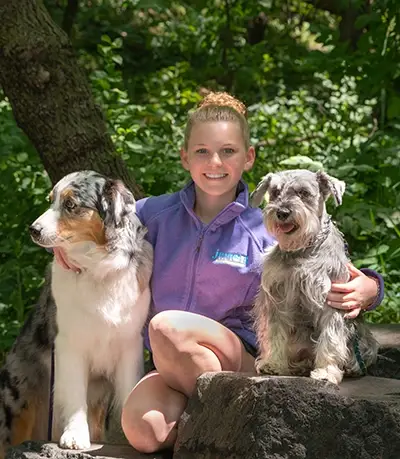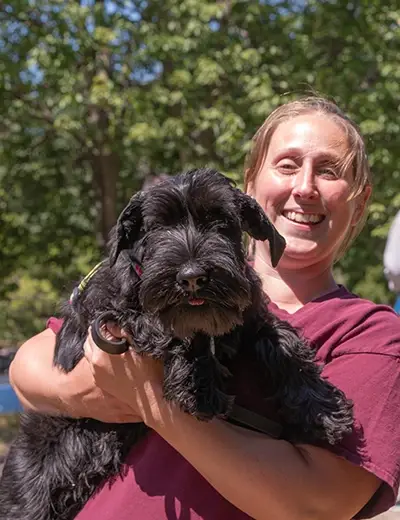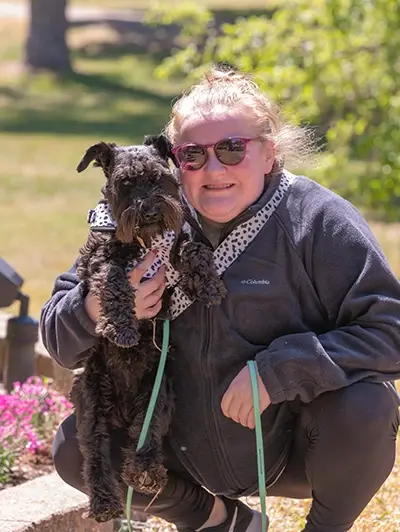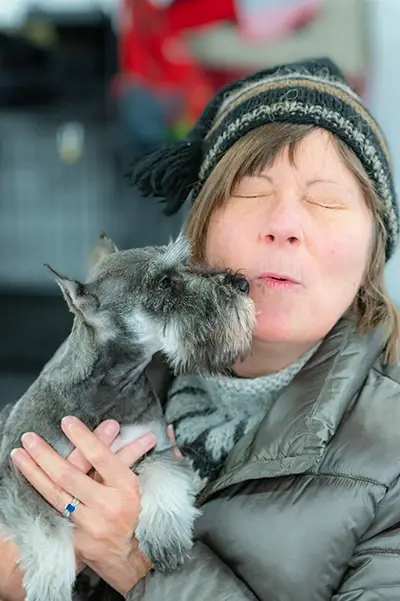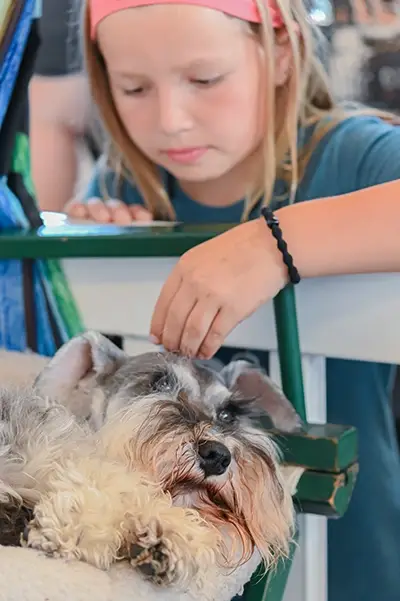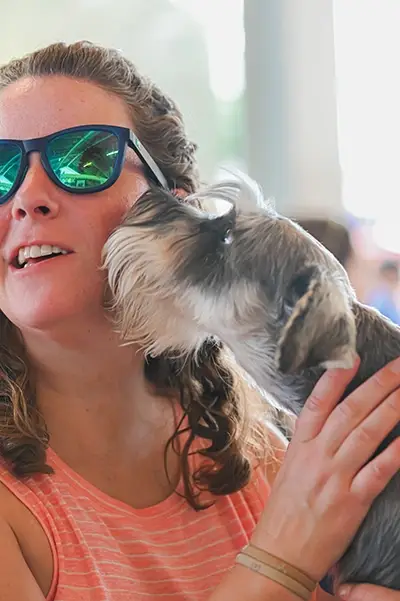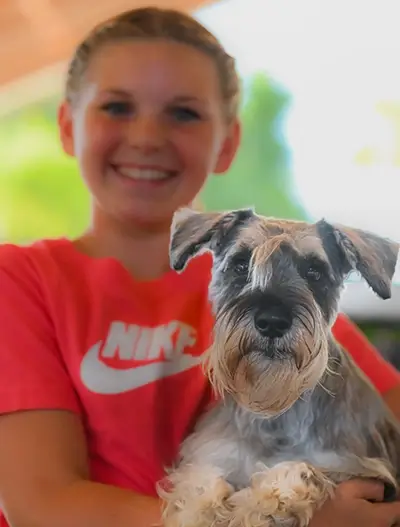Responsible Ownership
- Home
- Responsible Ownership
BE A RESPONSIBLE DOG OWNER
1. Select your pet after careful consideration
Select your pet after careful consideration of the type of pet, breed of dog, that is best for you and your family. Consider the costs of care, feeding, medical expenses, and care while you take vacations. Remember this is an 12-15 year commitment, not just something you can buy and discard when you do not want it anymore. Consider the time commitment for training, exercising, feeding, and play. If you decide on a purebred, buy from a breeder who uses contracts and takes the time to explain details about the breed, specifics of the pet’s care, provides proper puppy health care, and written details of the vaccination and worming, and asks you how you will take care of his precious puppy. If you decide on a mixed breed, check out the humane societies and other rescue organizations. Remember, these pets deserve the same care and commitment as the pedigreed purebred.
2. Provide proper health care
Continue with the appropriate vaccinations as begun by the breeder; remember a series of puppy shots is necessary. Rabies is usually given at 4-6 months of age. Have stool samples checked for worms regularly and treat as needed. Have the dog checked yearly for heartworm and keep him on the proper preventive medicine. Spay or neuter all pet-quality companion animals; that is, those that are not being shown as a prelude to future breeding.
3. Train your dog
Train your dog — especially house training and good manners, as well as some obedience-type commands. Every dog should walk on a leash, come and sit when called, and know basic house rules. All dogs need training; whether they get good training is up to you. Try a puppy kindergarten class, and a session or two of obedience. You may get interested in obedience training and showing, or in agility, hunting, or just the Canine Good Citizen Test, something that all dogs should complete. Neutered/spayed animals may compete in all types of competitions except for conformation, which is for the future breeding stock.
4. Feed your dog
Feed a food appropriate for the life-cycle stage, puppy, active adult, couch potato, or older dog. There are many good foods. Use one that has minimal additives and states that it is a complete source of nutrition. Some sensitive dogs may need special diets. Feed puppies two times a day, adults once or twice. Your breeder is an excellent source of information on type of food and frequency to feed.
5. Water
Water must always be available for your dog.
6. Groom, brush, comb
Groom, brush, comb, and trim the hair and nails of your dog as needed for his/her health and comfort.
7. Be a good citizen yourself
Be a good citizen yourself — Keep your dog at home, in his own fenced yard, or on leash whenever off his own property. No matter how trustworthy, the best-trained dog can take off after a rabbit, another dog, or just wander off when you are not watching. Don’t let this happen. Scoop up all poop – in order to continue to own dogs we must take responsibility and clean up any mess our pets make.
8. License your pet
this is required in almost all communities. The fees often go toward animal control; check with your city/township area. The pet should wear the license as required, another ID, and may also wear the rabies tag. Remember to always carry your dog’s rabies certificate; that is the proof required at dog shows or to license.
Disqualifications
Dogs not of an allowed color or white striping, patching, or spotting on the colored areas of the dog, except for the small white spot permitted on the chest of the black. The body coat color in salt and pepper and black and silver dogs fades out to light gray or silver white under the throat and across the chest. Between them there exists a natural body coat color. Any irregular or connecting blaze or white mark in this section is considered a white patch on the body, which is also a disqualification. Nose any color other than solid black.
9. Permanent identification
Permanent identification of your dog is available. You may choose to have the dog tattooed on the inner thigh, or to have your vet implant an ID chip under the skin. These chips are available from three different sources and are read with special scanners. Tattoos and ID chips must be registered with the appropriate registry to enable return of lost pets.
